Olympic Sailors More Than Earn the Label ‘Athletes’
[caption id="attachment_5568" align="alignnone" width=""]Cronin sailed the 2004 Olympics with two other members of the Snipe family, Liz Filter and Nancy Haberland.[/caption]Editor's Note: This article originally appeared in Wired Magazine's Playbook, one of many articles written by Olympians during the 2012 Games. To understand sailing, forget sailing for a moment and imagine you are running across a poorly groomed, bumpy soccer field. Now imagine the grass suddenly rippling up into hummock right in front of you. Behind that, a small boulder stands between you and the goal. And that’s just the beginning of a very long and bumpy day on a field that is forever moving. This is Olympic sailing, where the field of play changes in texture, shape and size from one moment to the next. Most people think of umbrella drinks and blue blazers when they consider our sport, if they consider it a sport at all. But the 10 Olympic and three Paralympic disciplines we’ll see in London demand physical and mental abilities that more than earn us the label “athlete.”
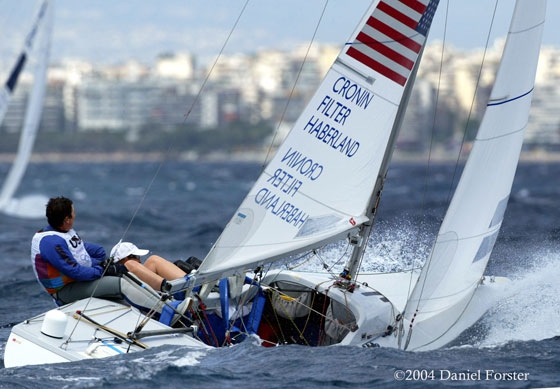

Editor’s Note: This article originally appeared in Wired Magazine’s Playbook, one of many articles written by Olympians during the 2012 Games.
To understand sailing, forget sailing for a moment and imagine you are running across a poorly groomed, bumpy soccer field.
Now imagine the grass suddenly rippling up into hummock right in front of you. Behind that, a small boulder stands between you and the goal. And that’s just the beginning of a very long and bumpy day on a field that is forever moving. This is Olympic sailing, where the field of play changes in texture, shape and size from one moment to the next.
Most people think of umbrella drinks and blue blazers when they consider our sport, if they consider it a sport at all. But the 10 Olympic and three Paralympic disciplines we’ll see in London demand physical and mental abilities that more than earn us the label “athlete.”
Since this is sailing, there are boats. Ours range from 9 to 23 feet, with a crew of one, two or three. Some have one sail, some have two and a few classes add a spinnaker (that colorful balloon that makes the best photos). Hulls are of fiberglass; the spars — mast, boom, spinnaker pole – are of aluminum or, if the class rules allow, carbon fiber. Sails are low-stretch cloth stitched or glued together into perfect airfoils. A competition-caliber boat can cost anywhere from $5,000-$50,000 depending on the class.
Olympic boats are all “one design,” which means every boat must comply with strict measurements to maintain parity between boats. Some classes use supplied equipment, which maximizes that parity. A compass is the only navigation equipment we carry, though boats have tracking devices so you can follow the action online.
There’s a lot of action, too. A race lasts 20 minutes to an hour, depending upon the discipline. At the starting gun, the fleet — as many as 25 teams — surges across an imaginary line between two anchored boats. The first mark is directly upwind, and you must tack to get there. Tacking is a bit like riding a bicycle back and forth across the road to climb a steep hill. When you’re headed upwind, the waves will stop you dead if you don’t constantly steer around them.
Races are usually two laps, about four miles total, finishing downwind. Then we have a short break to rest, hydrate, eat and chat with coaches before the next race. Most disciplines sail two to three races a day, though some have as many as eight. We’re often on the water for six or seven hours.After rounding the top mark, boats turn downwind, hoisting spinnakers if they have them. The waves push you faster than you can sail with the wind alone, and perfect on-the-edge boathandling is required for this watery samba. Those who push it too hard will be punished when they lose control and flip. A fast ride right on the edge of control is our reward for the grueling push upwind.
Sailing is demanding mentally and physically. We are constantly juggling reams of data, layering it into a pyramid to manage it all. At the base are boathandling, boat speed, and fitness, all of which must be perfected long before race day. The next layer is equipment: boat, sails, clothing. At the top is the biggest variable of all, the weather: wind, tides, currents, clouds.
And while we are juggling all those factors, some of which are beyond our control, we are also constantly adjusting the sails for a change in wind or desired direction. An array of color-coded lines pokes out of the deck; each adjusts a specific part of the sails. The goal is to maximize power—until the wind gets so strong we must depower to retain control. We also must steer around each mark, each competitor and each wave.
All of our adjustments and maneuvers must be perfect. Teamwork is vital. After countless hours of training, even the most divergent personalities are forged into a cohesive whole. Being part of a team that gels, one that anticipates and executes the next move without a word, is for me the best part of competitive sailing. That gut-tingling sense of good juju is what keeps me going when I’m cold, wet and tired, and it stays with me long after a regatta is over.
Speeds are so close among top teams that medals often are decided by inches. Even a microscopic speed advantage will make winning much easier, so we strive to find that edge. With so many variables — physical technique, favorite conditions, equipment, weather — small gains in speed are surprisingly difficult to quantify. A good coach will ensure conclusions are backed by data, not based purely on feel.
Because the playing field is constantly moving underneath us, sailors must be aerobically fit, limber and strong. On windy days, the harder we hike (lean off the side of the boat) the faster we go because we gain leverage against the wind filling the sails, generating more power. This requires strong quadriceps and durable backs. Sail adjustments require an endless and constant series of bicep curls. Even light air days can be tiring. Imagine squatting on your heels, then springing to your feet in response to a puff of wind, over and over again.
The best training for sailing is sailing, so we’re on the water five to six days a week for four to five hours per day. We’re also in the gym each day for an hour or two of cardiovascular and weight training. We have to be fit to endure a six- to ten-day event without injury or excess fatigue.
Boats are complicated, and every boat, mast and sail will be slightly different. It’s important to be comfortable with each piece of gear, but even more so to keep on top of maintenance. The adage, “To finish first, first you must finish,” definitely applies in this sport, and one of my strengths is boat preparation. We broke plenty of gear during my Olympic career, but it never cost us a race.
What we wear is no less important than what we sail. In England, ideal attire will be warm, lightweight and capable of retaining body heat even when soaking wet. If there are waves, there is spray. The windier it gets, the wetter we are, and it often feels we’re sailing into a firehose. Everything fits snugly, to minimize windage and snags. What looks like padding is a lifejacket, called a “lifey,” worn under a “pinny,” the Lycra vest with the regatta logo that is, for the top three sailors, color-coded to indicate first, second or third place overall. Yellow indicates first; red, second; and blue, third.
For all the emphasis on proper attire, we don’t really care about sunshine or rain, except as an indicator of what to wear and what to expect from the wind. My first question on race morning is always, “What’s the breeze today?”
Too much wind can be intimidating, though it rewards us with great photos to show our friends and great stories to tell to our grandchildren. Too little wind has its own challenges; we must spot the best patch of fickle breeze and maneuver to it. Sailors who stand on the Olympic podium have mastered both ends of the spectrum while also learning to excel in moderate conditions, when everyone is sailing fast.
Once we’ve optimized our speed, equipment, and bodies, it’s time for the fun part: the chess game of racing. There is no such thing as a perfect race. Of all the variables, weather is the biggest and completely beyond our control. The combination of wind and waves creates an infinite variety of new challenges. Our goal is to figure out what the wind and our competitors will do next, and what we must do to defend or attack in response.
Each sailor approaches the mental aspect differently, but we all make decisions instinctively — and those choices are far from random. Like waterborne search engines, we are constantly scouring through our prior race experiences to find the one that most closely matches a situation. When it’s time to make the next move, we know what to do without having to think about it.
Some rely on instinct (“It just felt right.”), while others back up decisions with cold hard facts (“Last year at this regatta, the right side always paid.”). I’m usually somewhere in the middle, relying on an unscientific mixture of experience and gut feeling to come up with the next right move.
My best days are those where I come off the water knowing we’ve played the game well and made the best decisions possible with the information available. It always means we’ve acted and reacted as team, three people sailing as one. It’s immensely rewarding, and often means a good result.
So the next time you’re on a soccer field, imagine it rippling into irregular waves underneath you. Then picture an umbrella drink—and as you mentally toast our Olympic sailors, try not to spill it on your blue blazer.
Comments for this post are closed

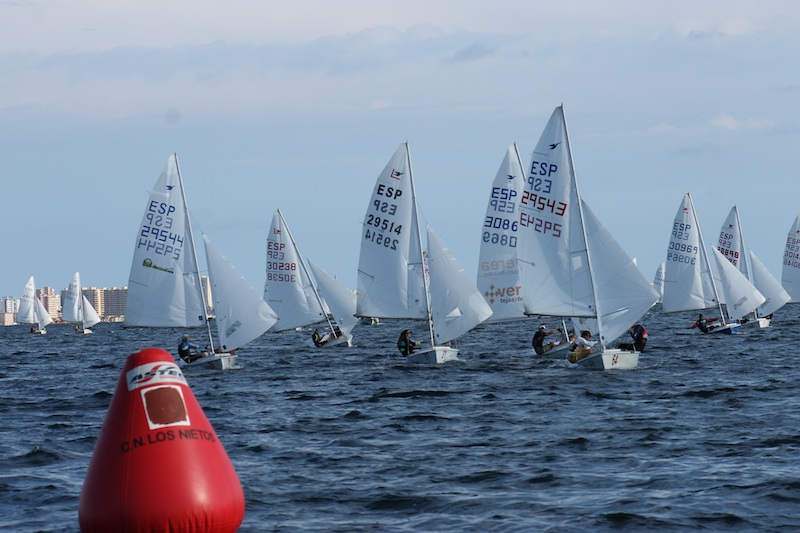



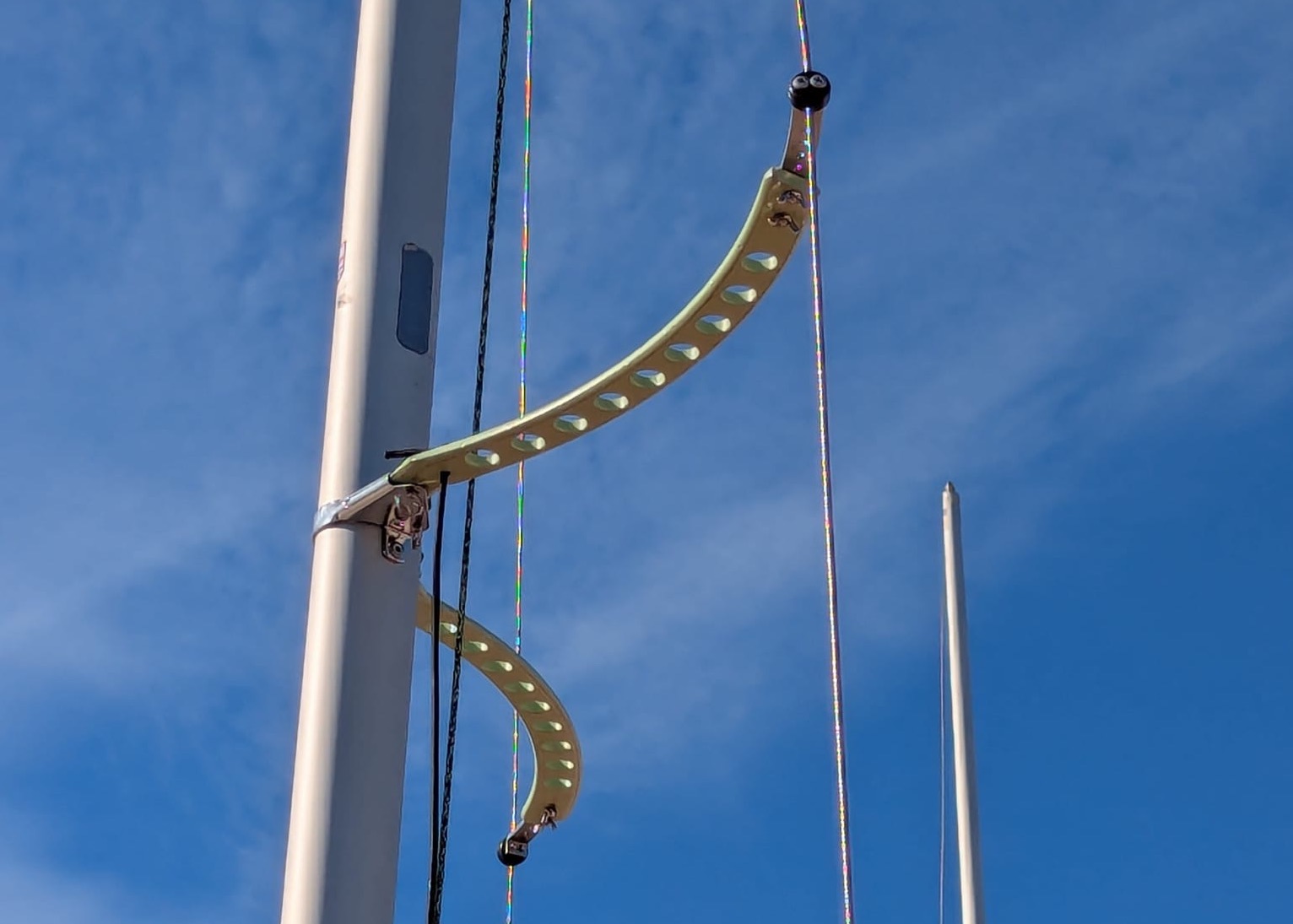
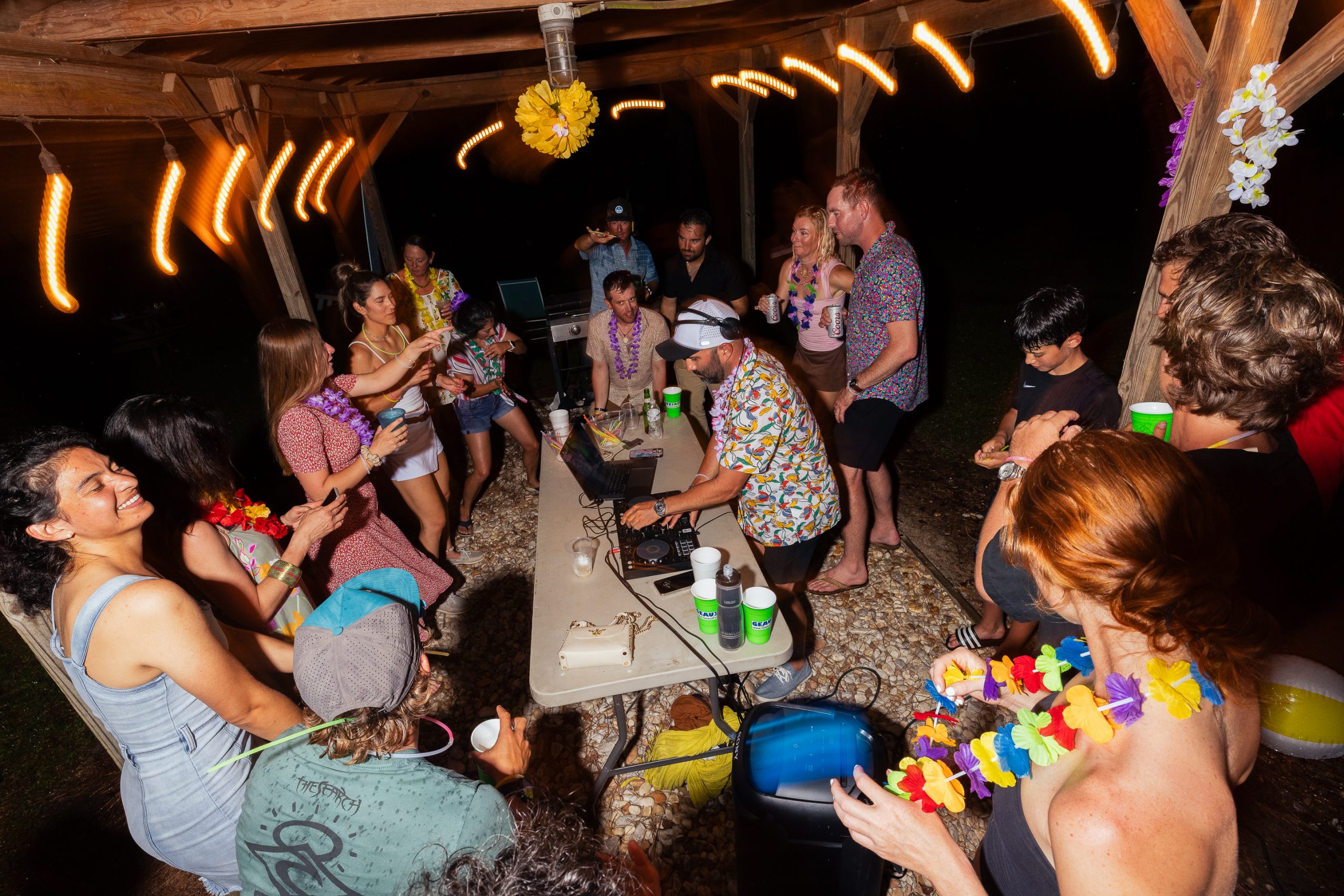

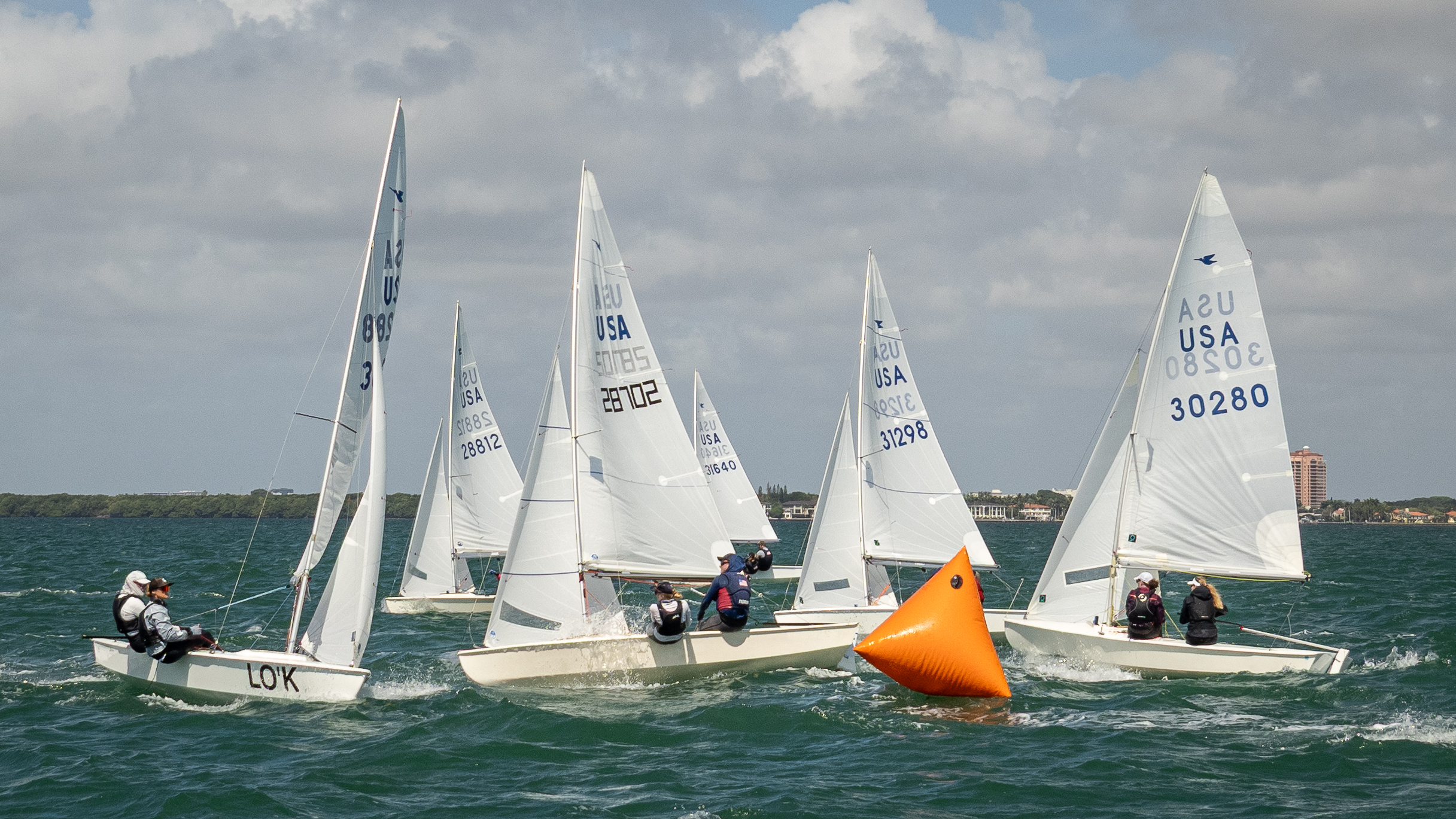
0 comments